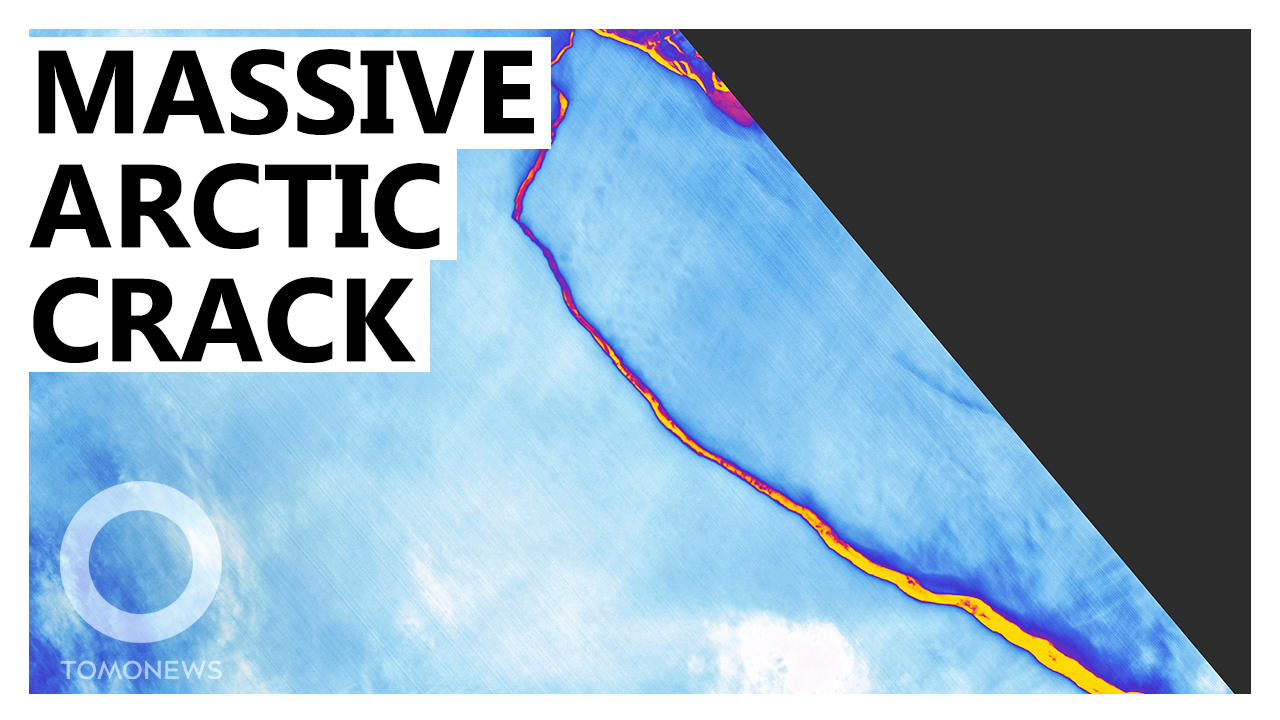
WASHINGTON — A huge hole has been discovered in the Arctic’s oldest and thickest ice, previously thought to be the most stable ice in the region.
According to a study published in the Nature Geoscience journal, there was a powerful storm north of Ellesmere Island in May 2020, and a long narrow crack formed on May 14.
By May 15 the crack had formed into a polynya, an area of open water in a region that is normally ice covered, around 30 kilometers wide and 100 kilometers long.
With ice around four meters thick, this Arctic ice is predicted to be the last to remain in place during summer melting seasons, but the study emphasizes its surprising vulnerability to cracks.
In the short term newly open areas of ocean water can create ideal conditions for life, but as ice melts and moves offshore, species like walruses and seabirds lose access to it, and eventually it becomes so hot that species can’t survive.
On May 26 2020, this particular polynya rapidly closed, but the study’s lead author warned in a press release that polynyas may become more common or larger in the future, because as ice gets thinner it’s easier to move around, and the study itself points out that previous storms in the same area had caused smaller cracks, which may be because the ice has already thinned.
